Qantas slashes route amid $12b bombshell
A major change in the way millions of Chinese people are behaving is creating a $12 billion problem for Australia.
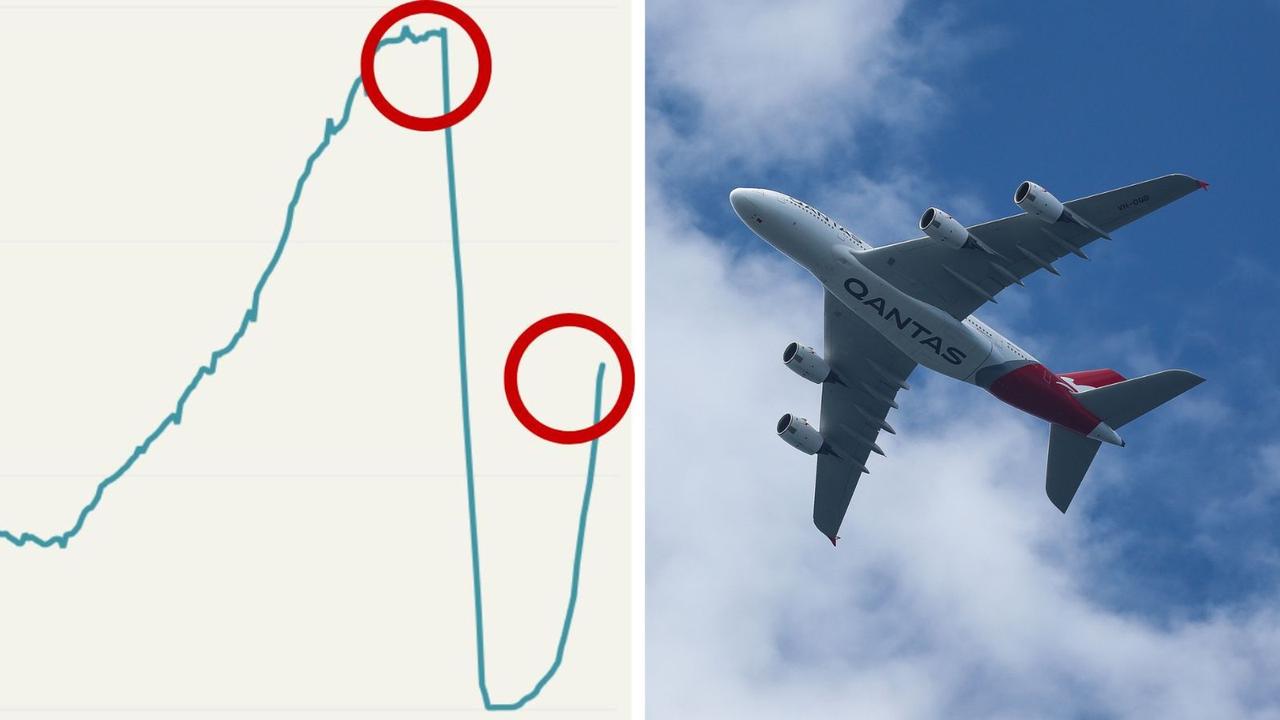
Half the number of Chinese travellers are coming to Australia than before the pandemic.
The stark figures are a major concern for the tourism industry, given Chinese visitors injected more than $12 billion into the Australian economy in 2019.
Qantas announced last week it would be scrapping its Sydney to Shanghai route because of low demand, despite Shanghai being the top region in China that travellers are visiting Australia from, according to Tourism Research Australia.
The Aussie national carrier only resumed its Sydney-Shanghai service in October last year but Qantas International chief executive Cam Wallace said their planes were often half-full.
“Since Covid, the demand for travel between Australia and China has not recovered as strongly as expected,” he explained.

Chinese visitors were slow to return to Australia despite aviation capacity increasing, Tourism and Transport Forum Australia CEO Margy Osmond told news.com.au
“This has had a significant impact on the tourism industry, given China was one of our largest source markets for international tourism before the pandemic,” she said, explaining China is currently our fourth largest source country for international visitors.
“We’re also seeing an increase in domestic tourism within China.
“But we’re working hard to try and entice more Chinese visitors to come to Australia and we hope to see more Chinese visitors return to our shores.”
The latest data from the Australian Bureau of Statistics released last week shows in March this year, Chinese short-term visitor arrivals were only at 47 per cent of pre-Covid levels, when comparing with March 2019.
As for Australian residents travelling to China, the data shows those numbers are at 85 per cent of pre-Covid levels for March 2024, compared with March 2019.
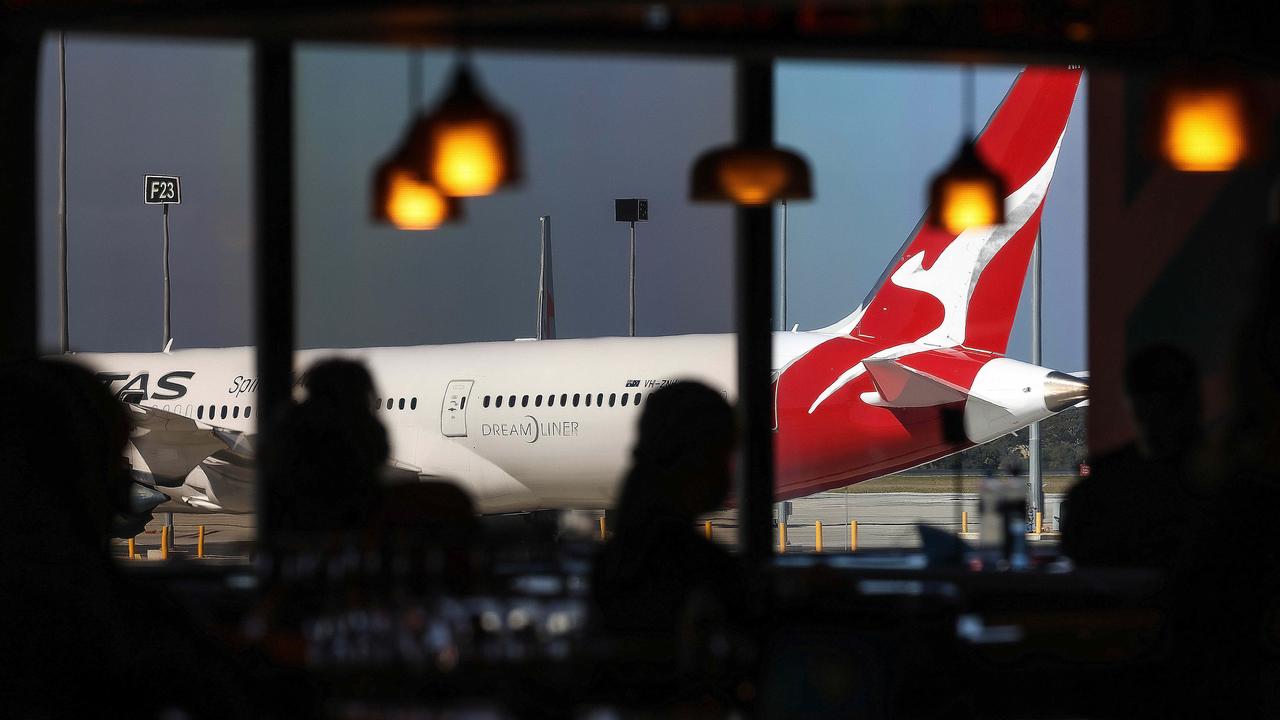
The loss of Chinese travellers is of particular concern because of how much they spend when visiting Australia.
In the 2019 calendar year, Chinese visitors spent an average of $9336 per trip amounting to $12.4 billion.
In the same year, other top international markets spent significantly less.
New Zealanders spent $2004 on average per trip (totalling $2.6b), Brits spent $4999 (totalling $3.4b), and those travelling from the United States spent $5130 (totalling $3.9b), according to the International Visitor Survey from Tourism Research Australia.
What has turned Chinese tourists away
Three experts told news.com.au it was interesting Chinese visitor arrivals had not picked up the way they had from New Zealand, the US, UK and India when borders reopened.
Last year, as Chinese tourists came back to Australia, the number of Chinese visitor arrivals was only 38 per cent of the 2019 level. Their total spend in Australia was $5.8 billion.
Dr Maneka Jayasinghe from Charles Darwin University, and Professor Saroja Selvanathan and Professor Selva Selvanathan from Griffith University are co-authors of a 2022 study published in the Tourism Economics journal about deteriorating Australia-China relations and the impact on our tourism industry.
“The latest international visitor figures indicate that visitor arrivals from China is increasing but at a much slower rate than arrivals from other similar markets and it may take years to reach the pre-pandemic level,” they told news.com.au this week.
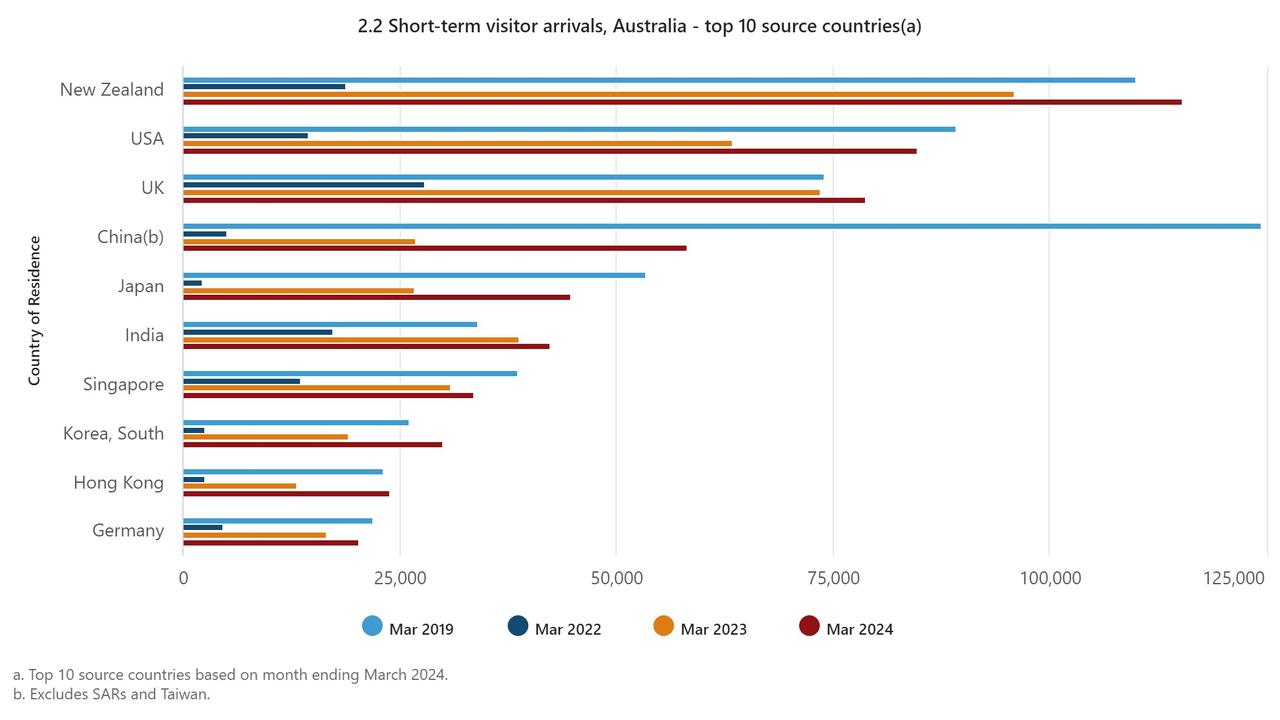
Some factors that may be keeping Chinese tourists away are political and trade tension, costly airfares, and the fact China’s economy is “not doing that well”.
“Travel to Australia (return airfare and accommodation) has become more expensive for the middle class Chinese population,” the researchers said.
“Tourists who have become more sensitive to processes during the pandemic with general cost of living-related hardships, may look for domestic travel or cheaper visa-free destinations in the Southeast Asian region.”
They also said after the pandemic, universities were offering fully online degrees meaning there was no need for those students to come to Australia.
“Pre-Covid when students came in large numbers to study in Australia, their families and friends also visited Australia in large numbers,” Dr Jayasinghe, Prof Selvanathan and Prof Selvanathan explained.
The experts warned that if the tourism industry does not bounce back to pre-pandemic levels within the next two to three years, “tourism operators, especially the regional and small scale tourism operators will continue to suffer”.
“The labour force in the tourism sector, may suffer from unemployment or be forced to look for employment opportunities in other sectors,” they said.
“It is important to look for alternative tourism markets if the visitor arrivals from traditional markets continue to show slow growth to keep the industry afloat.”
Tourism a ‘highly political phenomenon’
The academics’ 2022 paper explained the number of visitors from China to Australia increased by about 15 per cent a year from 2009 to 2018 – then the growth rate reduced drastically in 2018 and 2019.
“The growth rate drastically reduced even before the Covid-19 pandemic, to be almost stagnant,” Dr Jayasinghe said at the time the research was published.
This, they said, was because political and trade relations between the two countries began to deteriorate from 2018.
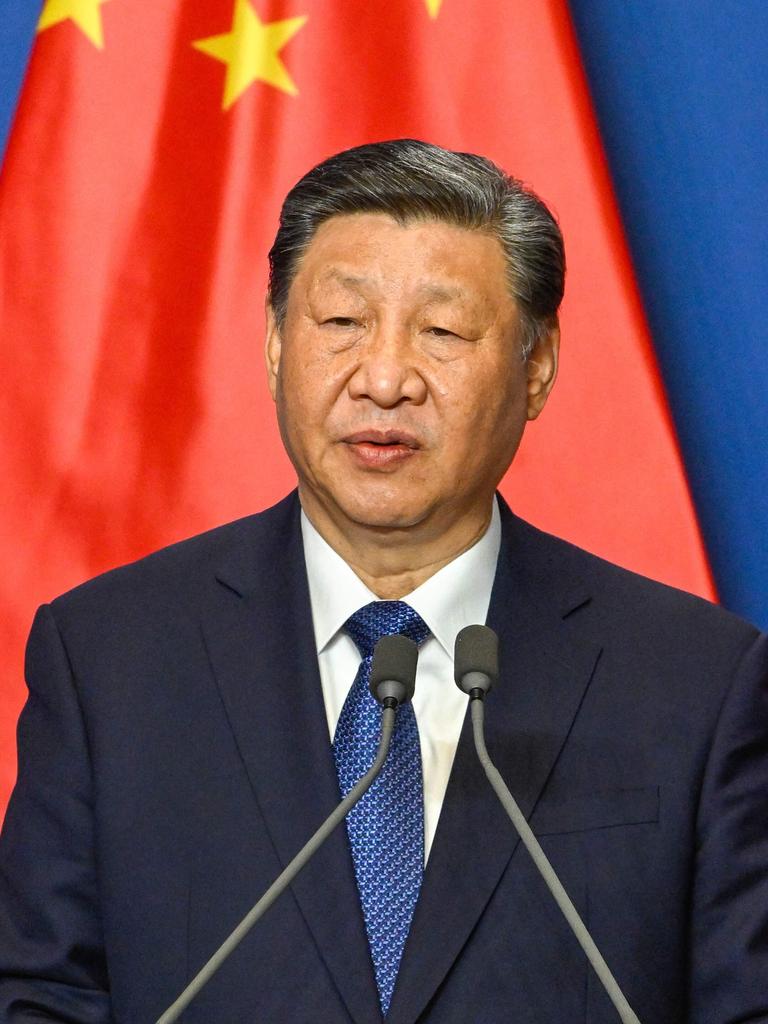

The paper warned the current state of Australia-China relations could have “serious and adverse implications” on the Australian tourism industry.
It said tourism was a “highly political phenomenon”.
“On the one hand, international tourism is a catalyst for reducing political tension and promoting world peace,” the paper read. “On the other hand, governments can exert political pressure through tourism to either promote tourism with friendly countries or restrict tourism with hostile countries.”
But the researchers told news.com.au fortunately relations between China and Australia “have improved substantially” since the Labor Government came into power in May 2022.
Tourism Australia ‘confident’ about recovery
Tourism Australia, the Australian Government agency responsible for attracting international visitors to Australia, is optimistic.
“Whilst travel with China reopened a year later than other markets, we are confident about its recovery as the market continues to steadily rebuild,” a spokesman told news.com.au.
Australia reopened its international border for tourists in February 2022, but at the time, Chinese nationals still had to complete 14 days of quarantine at a designated hotel or facility when they returned home.
China withdrew its advisory to citizens against foreign travel in January last year, and reopened its borders to foreign tourists a few months later in March. It wasn’t until August last year that it lifted its ban on group tours to Australia.
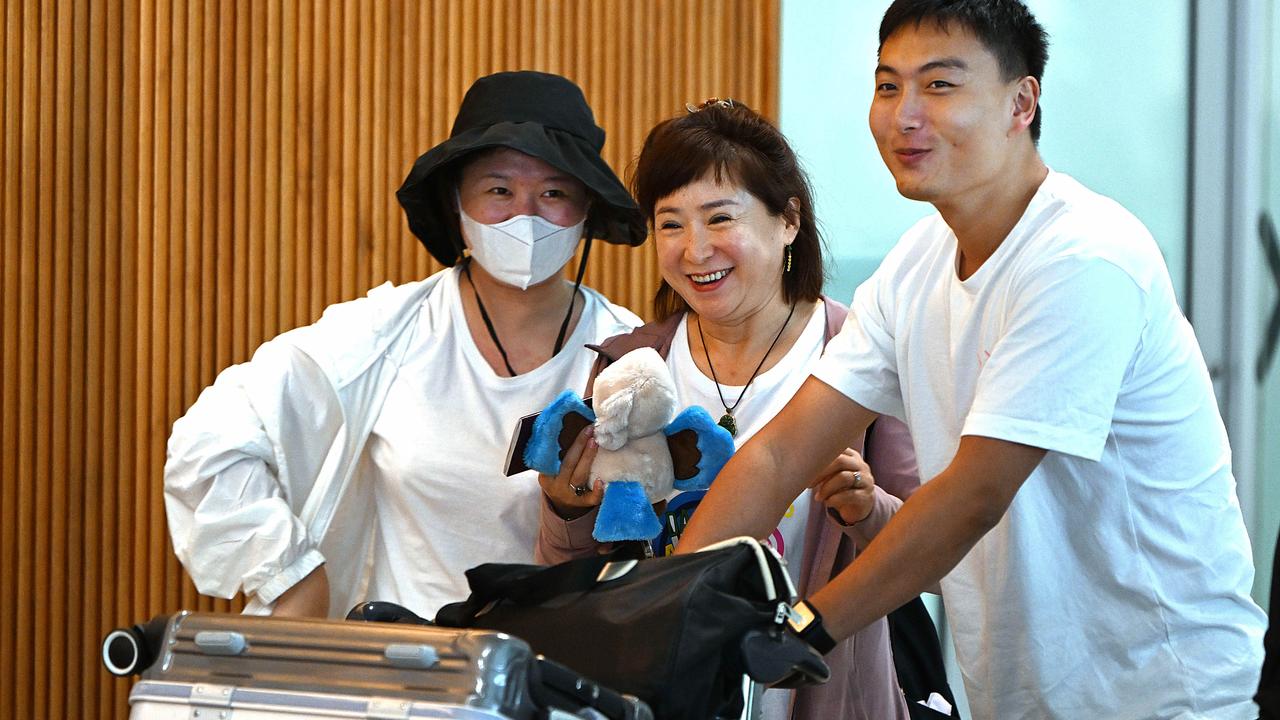
As for whether something needed to change to lure Chinese travellers back faster, Tourism Australia said it had remained active in China “even during the pause in travel”.
“And in June last year we launched the global ‘Come and Say G’day’ campaign to encourage Chinese travellers to plan and book an Australian holiday,” the spokesman said.
“Importantly, our partners on the ground, such as Ctrip, tell us that demand for Australia remains strong and that Australia is consistently the number one destination for long haul travel in China.”
It is understood there are 119 flights per week between China and Australia, and Qantas only made up five of those flights.
Dr Jayasinghe, Prof Selvanathan and Prof Selvanathan agreed the ‘Come and Say G’day’ campaign, launched in China in 2023, would have helped rebuild the tourism market, and advised further strengthening of promotional activities like this would help increase Chinese visitor numbers.
They also suggested a more simplified visa process and periodical visa fee waivers or discounts to help boost visitor arrivals.
“While taking steps to re-establish the Chinese market, it may be worthwhile exploring opportunities to re-establish the links with some of the traditional tourism markets, such as Japan, which was a major tourism market in the early 1990s but gradually declined thereafter,” they said.
“In addition, countries with a rapidly growing middle-class, such as India could have high potential to grow as reliable tourism markets.
“Due to their proximity to Australia, some of the Southeast Asian countries, such as Vietnam, Indonesia, Philippines, South Korea and Thailand could also be attractive tourism source markets for Australia.”
Read related topics:Qantas






